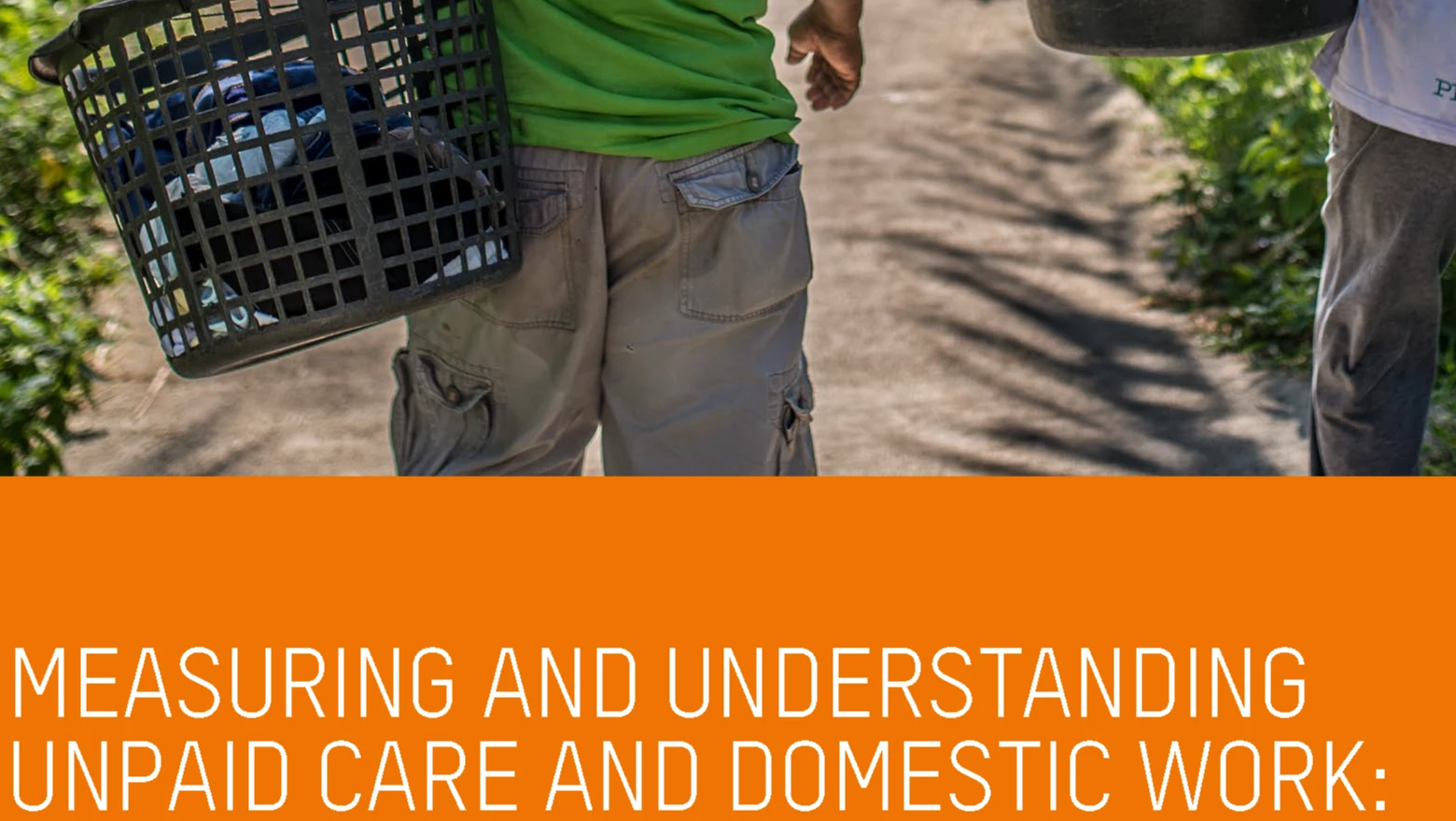Featured Indicators
All Indicators
- A woman can get a job in the same way as a man (1=yes; 0=no)
- A woman can work at night in the same way as a man (1=yes; 0=no)
- A woman can work in a job deemed dangerous in the same way as a man (1=yes; 0=no)
- A woman can work in an industrial job in the same way as a man (1=yes; 0=no)
- Children in employment (% of children ages 7-14)
- Criminal penalties or civil remedies exist for sexual harassment in employment (1=yes; 0=no)
- Dismissal of pregnant workers is prohibited (1=yes; 0=no)
- Employers (% of employment) (modeled ILO estimate)
- Employment by sector (%)
- Employment in senior and middle management, female (%)
- Employment to population ratio (%)
- Informal employment (% of total non-agricultural employment)
- Labor force (number)
- Labor force by level of education (%)
- Labor force participation rate (% of population)
- Labor force, female (% of total labor force)
- Law mandates equal remuneration for females and males for work of equal value (1=yes; 0=no)
- Law prohibits discrimination in employment based on gender (1=yes; 0=no)
- Length of paid leave (calendar days)
- Length of parental leave (calendar days)
- Mandatory retirement age
- Paid leave is available to fathers (1=yes; 0=no)
- Paid leave of at least 14 weeks available to mothers (1=yes; 0=no)
- Part time employment (% of employment)
- Proportion of time spent on unpaid domestic and care work (% of 24 hour day)
- Ratio of female to male labor force participation rate (%)
- Ratio of female to male youth unemployment rate (% ages 15-24)
- Retirement age by type of benefits
- Self-employed (% of employment) (modeled ILO estimate)
- Share of youth not in education, employment or training (% of youth population)
- The age at which men and women can retire with full pension benefits is the same (1=yes; 0=no)
- The age at which men and women can retire with partial pension benefits is the same (1=yes; 0=no)
- The government administers 100% of maternity leave benefits (1=yes; 0=no)
- The law provides for the valuation of nonmonetary contributions (1=yes; 0=no)
- The mandatory retirement age for men and women is the same (1=yes; 0=no)
- There are periods of absence due to child care accounted for in pension benefits (1=yes; 0=no)
- There is legislation on sexual harassment in employment (1=yes; 0=no)
- There is legislation specifically addressing domestic violence (1=yes; 0=no)
- There is paid parental leave (1=yes; 0=no)
- Time-related underemployment (% of employment)
- Unemployment (%)
- Unemployment by level of education (%)
- Vulnerable employment (% of employment) (modeled ILO estimate)
- Wage and salaried workers (% of employment) (modeled ILO estimate)
- Women Business and the Law Index Score (scale 1-100)
- Women, Business and the Law: Parenthood Indicator Score (scale 1-100)
- Women, Business and the Law: Pay Indicator Score (scale 1-100)
- Women, Business and the Law: Pension Indicator Score (scale 1-100)
- Women, Business and the Law: Workplace Indicator Score (scale 1-100)
Related Content
Learn more(opens in a new tab)
The Gender Data Portal is more than just a database of sex-disaggregated data and gender statistics. Browse data tips and free training and courses on the Help page. Explore data availability, toolkits, and resources using the links to the right.
Filling Gender Data Gaps
Learn about which indicators and economies have the least data coverage and the World Bank’s efforts to fill data gaps in gender data measurement and collection.
More Gender Data Resources
Access guidelines to collecting sex-disaggregated data, lists of gender data portals and national statistical offices with gender sites, gender-related datasets, and visualizations among other resources.




